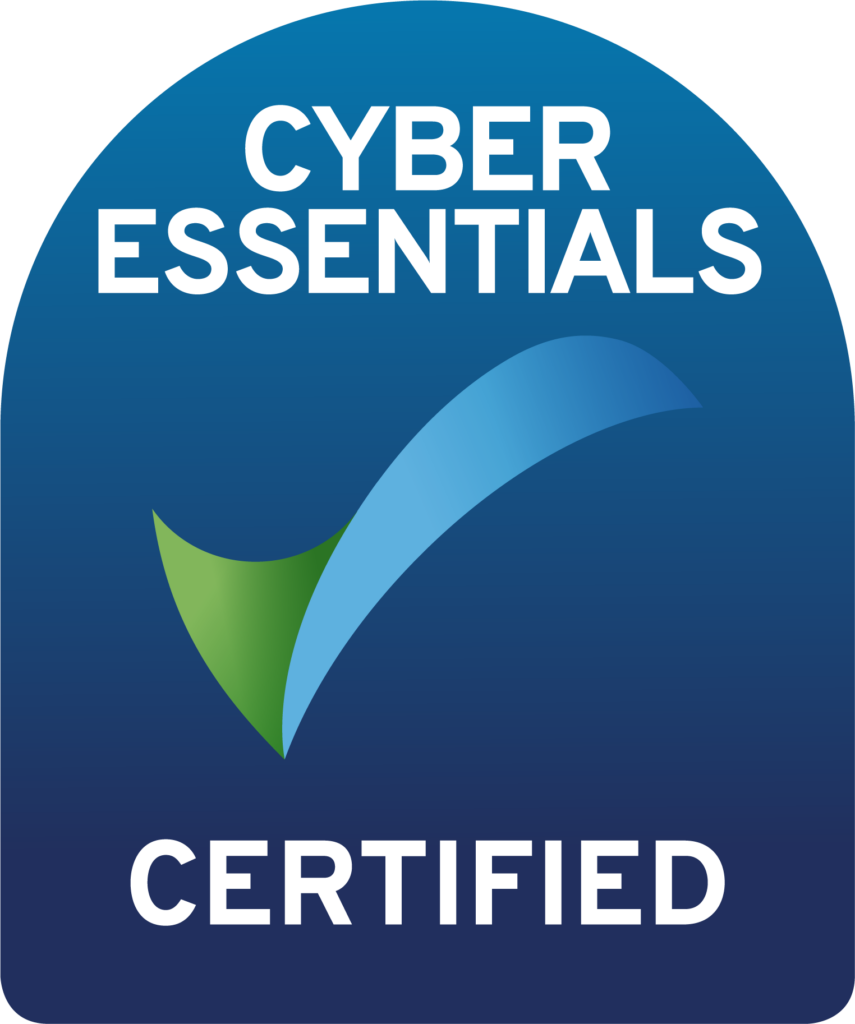
Technical Writing Services
There are a few stings to our cloud-shaped bow here at Beaty Consultancy. Sometimes other cloud services providers speak to us about writing technical documents or web content for them, so we wanted to take a few minutes to talk about technical writing service.
We like to open up the subjects we work on, but we always focus on the technical aspects of technology. Today we’re going to look at the communication side to what we do also.
Your Audience
Our blog isn’t everyone’s cup of tea – we get that. The way our blog posts are written is to get across some of the personality of us and the people we work with. The reason we’re in this business is because we love to connect people with technology, but the people are always the more important component of that.
We talk to small and medium sized businesses. We’re usually talking to the owner of those businesses, since they don’t typically have a team of IT professionals employed full time yet. Business owners are typically pretty no-nonsense, and need to move quickly. That’s why we talk and write in a personable way, similar to the way people chat in every day life. That works for us.
Who are your audience? What job roles are they doing? What does their work schedule look like? Where might they be when you are communicating with them, and therefore how much of their attention do you think you have?
The Purpose
Why are you talking to your audience? Ours is it to impart knowledge and help people learn new skills in an informal way. But that’s not all we write.
Cloud providers often send us information which they need turned into usable technical content. Sometimes this is to show how their technical architectures work, and those documents will be used by fellow cloud technicians and consultants. In that case, there’s no fluff. We would never address the reader, or ask rhetorical questions like we would in a peace like this.
Other writing we do on behalf of other technicians and businesses might be around process and procedure. Those types of documents a different again. You might think it isn’t much more than a list of rules to follow, but that only describes half of the reason why you might have such documents; the other half being culture. A companies technical documentation should fit the culture of the business to which they are applied. If it doesn’t fit smoothly, the rules, policies and procedures will be applied in the wrong areas, or the people working within the business will not understand why they should follow those rules.
The Medium
What is your reader using in order to consume your content? If you don’t know the answer to this, it’s super easy to find out with web analytics platforms such as Google Analytics.
For example, I know most people reading Beaty Consultancy blog posts are either using a full computer, or a tablet. We get a relatively small percentage of our traffic from mobile, just due to the type of content we have. But if all of our readers were using mobile to consume our content, I would certainly need to modify some of our articles to cut them down and make sure the reader doesn’t need to scroll until their thumbs drop off in order to read to the end.
So think about your reader, who they are, where they are, what they’re using to consume your content and what you can do to make their experience better.
Customer Avatar
The idea of having a customer avatar is big in the sales and marketing scene. If you have never heard of this term before, it’s just a made up character who represents your ideal target audience. So if you’re selling domestic wind turbines, you’re looking for land owners with some disposable money and a green-conscience. You might go further and give the person a name, a job, a family, hobbies and interests, and anything else which might shape the way they would interract with your business or brand.
We do this for our technical writing clients. For example when we write customer use-cases for other AWS cloud solutions architects, we know the type of people reading them. The reader will likely understand a lot about AWS and cloud technologies more broadly, so you might write in much greater detail.
Ask the Audience
The last thing to try is asking people who would otherwise be in your target audience. And if you need that extra little bit of help, just talk to us!


